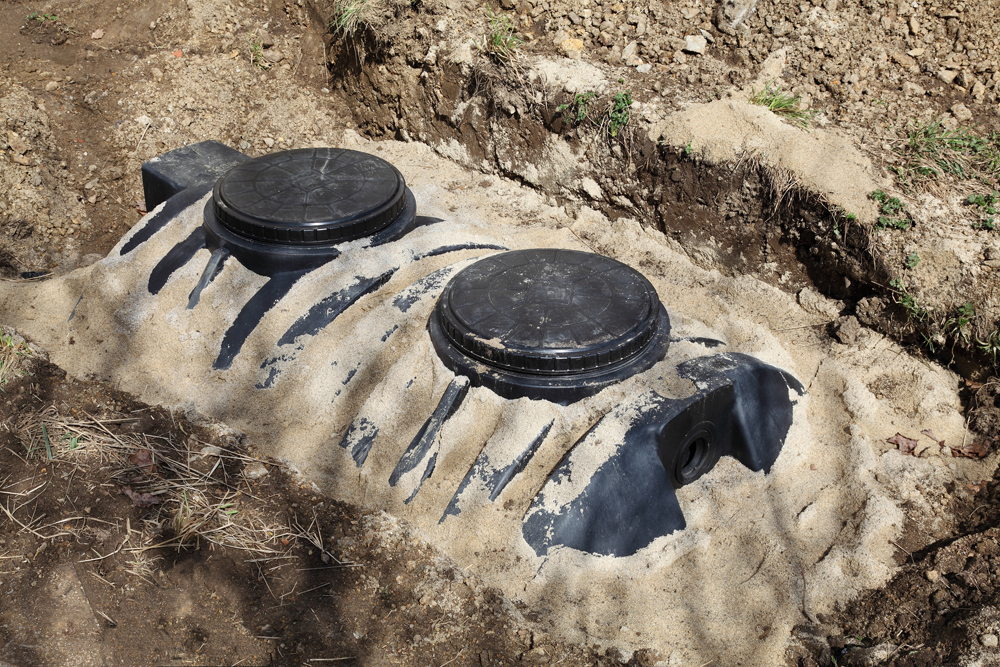4 Warning Signs That Your Home Has a Septic Problem

As with other systems in the home, it can be easy to take an out-of-sight, out-of-mind approach to maintaining a septic tank. However, putting off routine system care, such as regular inspections and pumping, can easily lead to costly repairs. Worse, septic problems can pose serious health and environmental risks if not remedied quickly. Here are four warning signs to help you recognize septic system failure.
1. Unpleasant Odors
A sulfuric odor around the septic tank or drain field could be caused by gases produced by decomposing sewage that has escaped the tank or lines. You may be able to pinpoint the location of the system failure by locating the area where the unpleasant odor is strongest.
2. Unusually Lush Grass
One of the first signs of septic problems is the growth of dense patches of bright green grass, usually immediately above the drain field or tank. This is caused by the extra moisture and nutrients in the soil due to leaking sewage. You may also notice that the ground in the area is spongey or saturated, even when the weather is dry.
3. Sluggish Drains
Bathtubs, sinks and showers that drain more slowly than they should could be a sign that the tank is near or at capacity. If you haven’t had your system cleaned in a while, it may be time to schedule a septic pump.
4. Presence of Algae, Nitrates or Coliform Bacteria
Septic tanks that are leaking or overflowing cause untreated sewage to seep into groundwater and pollute nearby lakes, streams and ponds. The presence of algal blooms and high levels of nitrates or coliform bacteria in water wells are an important indicator of sewage contamination
Prevent Septic Problems With Regular Maintenance and Inspections
Depending on the size of your household and level of usage, you should make sure to pump the tank every 3 to 5 years. Regardless of the age of your septic system, you should have it professionally inspected annually to catch early signs of issues and prevent costly repairs and sewage remediation.
